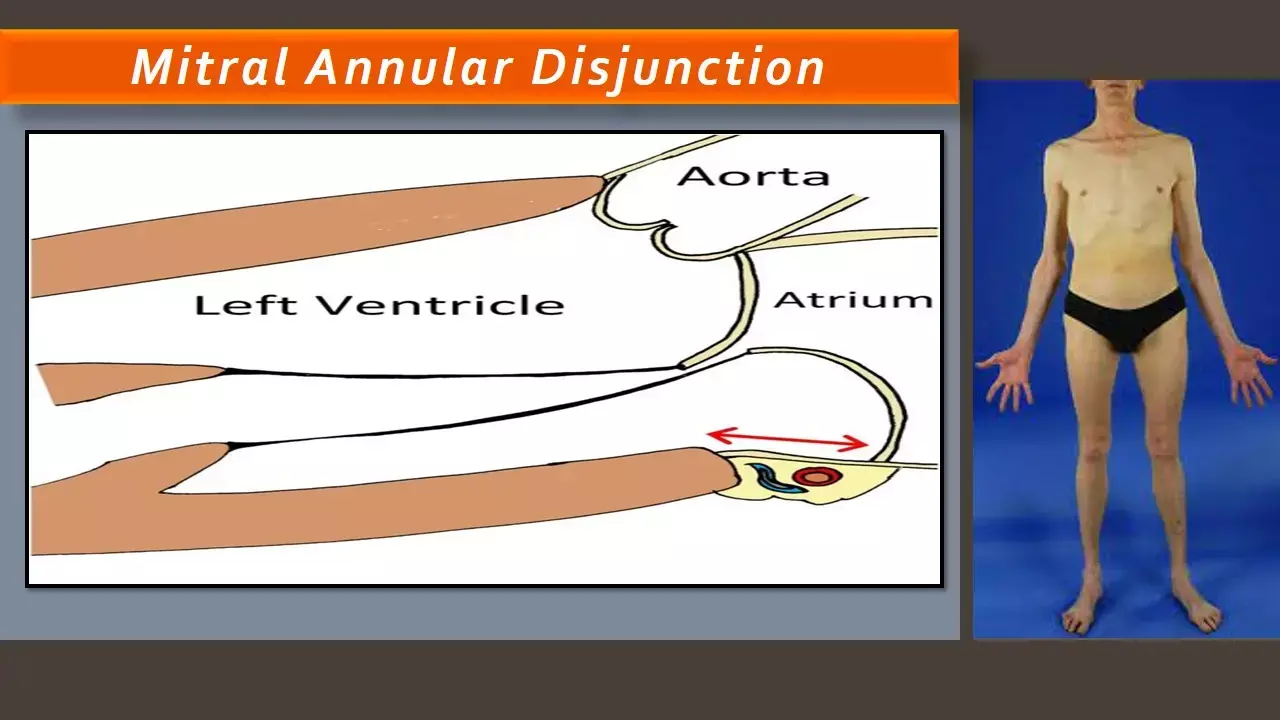- Home
- Medical news & Guidelines
- Anesthesiology
- Cardiology and CTVS
- Critical Care
- Dentistry
- Dermatology
- Diabetes and Endocrinology
- ENT
- Gastroenterology
- Medicine
- Nephrology
- Neurology
- Obstretics-Gynaecology
- Oncology
- Ophthalmology
- Orthopaedics
- Pediatrics-Neonatology
- Psychiatry
- Pulmonology
- Radiology
- Surgery
- Urology
- Laboratory Medicine
- Diet
- Nursing
- Paramedical
- Physiotherapy
- Health news
- Fact Check
- Bone Health Fact Check
- Brain Health Fact Check
- Cancer Related Fact Check
- Child Care Fact Check
- Dental and oral health fact check
- Diabetes and metabolic health fact check
- Diet and Nutrition Fact Check
- Eye and ENT Care Fact Check
- Fitness fact check
- Gut health fact check
- Heart health fact check
- Kidney health fact check
- Medical education fact check
- Men's health fact check
- Respiratory fact check
- Skin and hair care fact check
- Vaccine and Immunization fact check
- Women's health fact check
- AYUSH
- State News
- Andaman and Nicobar Islands
- Andhra Pradesh
- Arunachal Pradesh
- Assam
- Bihar
- Chandigarh
- Chattisgarh
- Dadra and Nagar Haveli
- Daman and Diu
- Delhi
- Goa
- Gujarat
- Haryana
- Himachal Pradesh
- Jammu & Kashmir
- Jharkhand
- Karnataka
- Kerala
- Ladakh
- Lakshadweep
- Madhya Pradesh
- Maharashtra
- Manipur
- Meghalaya
- Mizoram
- Nagaland
- Odisha
- Puducherry
- Punjab
- Rajasthan
- Sikkim
- Tamil Nadu
- Telangana
- Tripura
- Uttar Pradesh
- Uttrakhand
- West Bengal
- Medical Education
- Industry
MAD may serve as a new marker for outcomes in Marfan's Syndrome, JAMA.

Recently, mitral annular disjunction (MAD), has received particular interest as a potential marker or substrate for ventricular arrhythmia and sudden cardiac death (SCD). Demolder et al have now shown that MAD among patients with Marfan's syndrome (MFS) is associated with the occurrence of arrhythmic events, a higher need for mitral valve intervention, and, among patients with extensive MAD, more aortic events. Cardiac imaging for patients with MFS should thus consider the assessment of MAD as a potential marker for adverse outcomes. These findings were published recently in JAMA Cardiology.
The cardinal features of MFS occur in the cardiovascular, ocular, and skeletal organ systems. Owing to the difficulties in predicting outcomes among patients with MFS, there is an unmet need for additional prognostic indicators. Recently, mitral annular disjunction (MAD), defined as a separation between the mitral valve hinge point and the left ventricular (LV) myocardium, has garnered new attention for predicting cardiovascular outcomes related to ventricular arrhythmias and SCD.
The present study was aimed to define the prevalence of MAD and examine its association with cardiovascular outcomes and arrhythmia among patients with MFS. This retrospective, single-center cohort study included 142 patients with a diagnosis of MFS based on the revised Ghent criteria and a confirmed (likely) pathogenic variant in the FBN1 gene.
The presence of MAD was assessed by echocardiography, and the extent of MAD was categorized in tertiles. Outcomes included aortic events (aortic dissection or prophylactic aortic surgery), arrhythmic events (defined as sustained ventricular tachycardia or sudden cardiac death), and mitral valve surgery.
MAD was found in 34% and was associated with a higher need for mitral valve intervention, occurrence of arrhythmic events (defined as sustained ventricular tachycardia and sudden cardiac death), and, among patients with extensive MAD, more aortic events. In addition, ventricular arrhythmia, but not atrial arrhythmia, was more often observed among patients with MAD.
Aortic root z scores were higher among patients with MAD. Mitral annular disjunction distance was independent of age or BSA and showed no significant increase over time, possibly related to a slow progression rate and/or echocardiographic variability. Mitral valve prolapse is frequently observed among patients with MFS, suggesting a potential association between MAD and connective tissue alterations.
"Our results suggest that patients with MFS and significant MAD may require close clinical follow-up and Holter monitoring", noted the authors.
Thus, this study suggests that reporting on the presence and extent of MAD should be considered in the routine cardiac evaluation of patients with MFS as a potential marker for adverse outcomes.
SOURCE: JAMA Cardiology: doi:10.1001/jamacardio.2021.2312
MBBS, MD , DM Cardiology
Dr Abhimanyu Uppal completed his M. B. B. S and M. D. in internal medicine from the SMS Medical College in Jaipur. He got selected for D. M. Cardiology course in the prestigious G. B. Pant Institute, New Delhi in 2017. After completing his D. M. Degree he continues to work as Post DM senior resident in G. B. pant hospital. He is actively involved in various research activities of the department and has assisted and performed a multitude of cardiac procedures under the guidance of esteemed faculty of this Institute. He can be contacted at editorial@medicaldialogues.in.
Dr Kamal Kant Kohli-MBBS, DTCD- a chest specialist with more than 30 years of practice and a flair for writing clinical articles, Dr Kamal Kant Kohli joined Medical Dialogues as a Chief Editor of Medical News. Besides writing articles, as an editor, he proofreads and verifies all the medical content published on Medical Dialogues including those coming from journals, studies,medical conferences,guidelines etc. Email: drkohli@medicaldialogues.in. Contact no. 011-43720751


